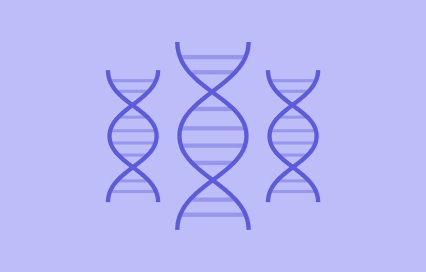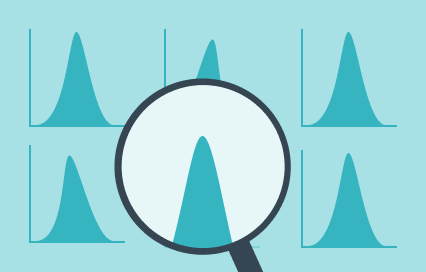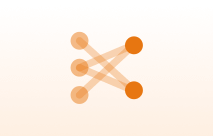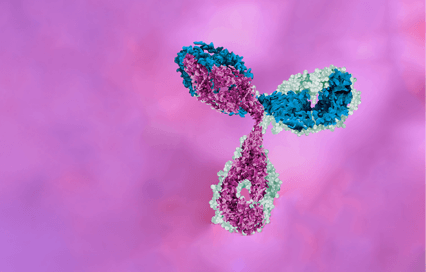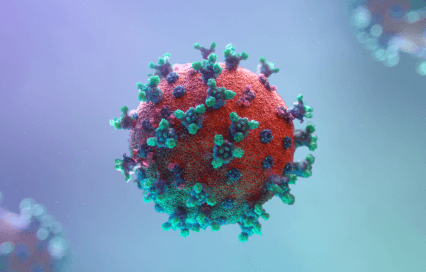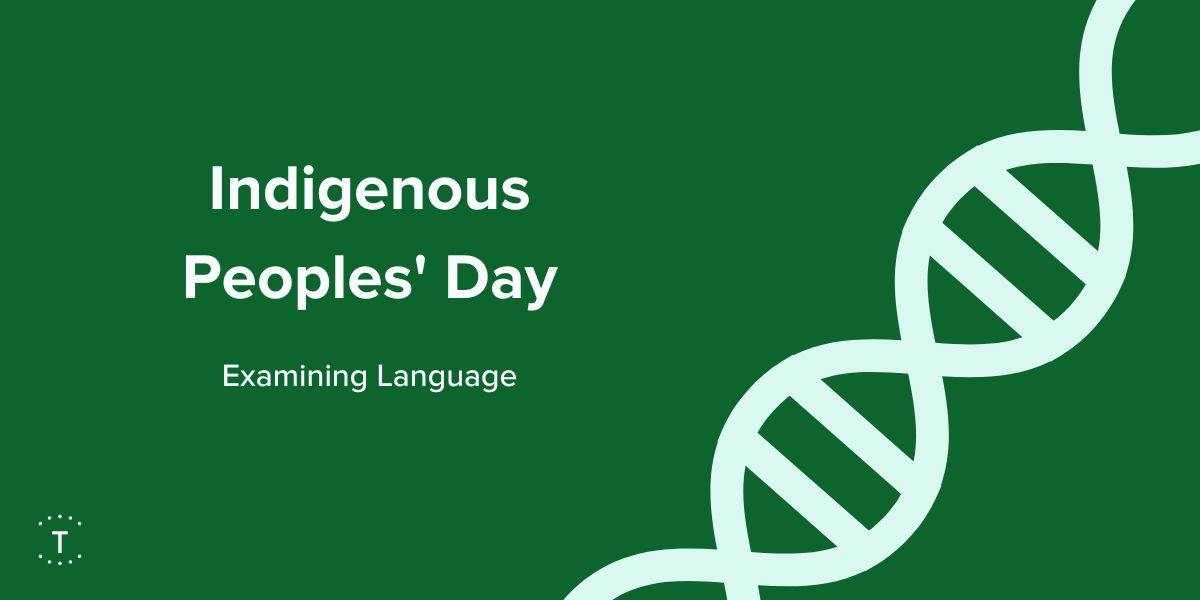
Indigenous Peoples’ Day is a time when we rethink history and acknowledge the contributions of indigenous people to our country and society. This Indigenous Peoples’ Day we’re reflecting on the language rooted in or appropriated from Indigenous cultures that we use in our daily interactions.
Examining Language
Some of the terms and phrases that we use in our day-to-day interactions are appropriated from Indigenous cultures.
For example, some people will use the term “powwow” to mean a meeting or brainstorming session. “Powwow” is a term that was anglicized from “Pau Wau”, which is a Narrick (a language spoken by Algonquian peoples in Massachusetts) word meaning “medicine man”1. The word was misused by non-Indigenous peoples to refer to meetings of medicine men and was eventually used to refer to all Indigenous gatherings. In the twentieth century, “powwow” was used to advertise Indigenous dance shows entertaining non-Indigenous spectators. Now, Indigenous peoples are reclaiming “powwow”.
Some terms that can be used instead include: meeting, session, forum and get-together.
“Lowest on the totem pole” is another term sometimes used in business to mean a person in a less powerful position. First Nations of the Pacific Northwest create totem poles out of red cedar to commemorate ancestry, histories, people, or events2,3. They serve more to document a story or history than to tell it and include carvings of animals and spirits that are significant to a particular family or clan.
Some terms that can be used instead include: entry level role, individual contributor and non-managerial role.
This is just a starting point
To continue learning about indigenous peoples and their stories, read An Indigenous Peoples' History of the United States (ReVisioning American History), by Roxanne Dunbar-Ortiz and There There, by Tommy Orange.
To learn about present-day initiatives to recognize indigenous peoples and elevate their voices, explore This Is Indian Country, IllumiNatives, and Seeding Sovereignty.
参考文献
- Hoffmeyer, L. (n.d.). American Indian powwows: Multiplicity and authenticity - history. Smithsonian Center for Folklife and Cultural Heritage. Retrieved 2022 年 10 月 5 日, from https://folklife.si.edu/online-exhibitions/american-indian-powwows/history/smithsonian
- Britannica, T. Editors of Encyclopaedia (2021, March 18). totem pole. Encyclopedia Britannica. https://www.britannica.com/art/totem-pole
- Huang, A. (n.d.). Totem Poles. Indigenous Foundations. Retrieved 2022 年 10 月 5 日, from https://indigenousfoundations.arts.ubc.ca/totem_poles/
您怎么认为?
喜欢
1
不喜欢
1
喜爱
2
惊讶
1
有兴趣
1
